Accepted Scientific Name: Echinocereus rigidissimus (Engelm.) Rose
Contr. U.S. Natl. Herb. 12: 293. 1909
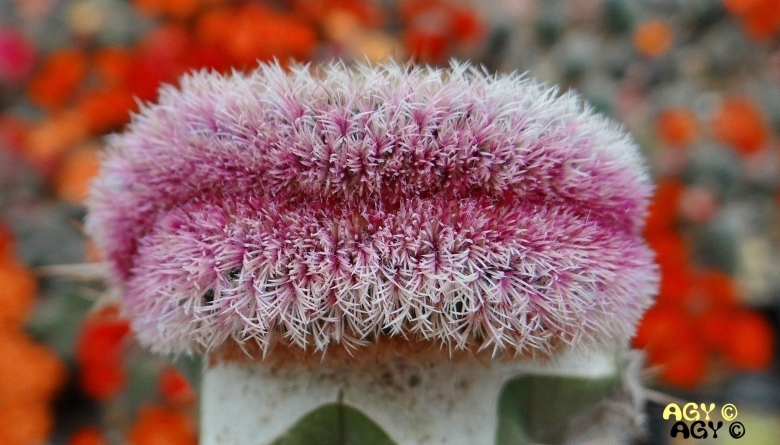
Echinocereus rigidissimus f. cristata Photo by: Agócs György
The new spines are often bright red or purple and contrast nicely with the older spines.
Origin and Habitat: Garden origin (Nursery produced cultivar). The natural species comes from the USA (south-eastern Arizona, south-western New Mexico), and Mexico (northern Sonora, north-western Chihuahua).
Synonyms:
See all synonyms of Echinocereus rigidissimus
Description: Echinocereus rigidissimusSN|21789]]SN|8509]] is one of the most famous cactus species and a great favorite in collections. Each year’s growth is differentiated by differently coloured band of spines, hence the common name "Rainbow Cactus".
Forma cristata: The crested form Echinocereus rigidissimus f. cristataSN|8509]]SN|21789]] - despite to its beauty - is still very rare and sought after by collectors, for its unique features. The more common crested form has amber/pink spines, but this plant is available in a large number of clones with spines ranging in colour from white to yellowish, pink, and purple-red. The new spines are often bright red or purple and contrast nicely with the older spines.
Stem: Fan-shaped, 4-11 cm wide, usually hidden by the closely set interlocking spines.
Ribs: Low, slightly tuberculate, straight to somewhat undulate.
Areoles: Approximate almost touching or up to 2 cm apart, elliptic, 5 to 6 mm long.
Spines: No central spines.
Radial spines: 16 to 22 stiff, rigid, pectinate, lying flat on the surface of the plant, straight or slightly curved toward stem, grey, reddish brown, bright pink or pink-and-white, somewhat translucent 5-10 mm long. Mature plants with a good light will generally have red to deep pink spines that band the stems.
Flowers: Bright pink with much lighter white throat, 6-7 cm long, 6-10 cm in diameter when expanded. Perianth-segments oblong, 3 to 4 cm long, acute. Stamens
numerous, shorter than the style. Stigma lobes approx. 13 green. Areoles on ovary somewhat floccose, very spiny.
Blooming season: It blooms in late spring summer (May-July).
Fruits: Globose, greenish or dark purplish brownish very spiny.
Bibliography: Major references and further lectures
1) James Cullen, Sabina G. Knees, H. Suzanne Cubey “The European Garden Flora Flowering Plants: A Manual for the Identification of Plants Cultivated in Europe, Both Out-of-Doors and Under Glass” Cambridge University Press, 11/Aug./2011
2) David Hunt, Nigel Taylor “The New Cactus Lexicon” DH Books, 2006
3) Edward F. Anderson “The Cactus Family” Timber Press, 2001
4) Nathaniel Lord Britton, Joseph Nelson Rose “Cactaceae: Descriptions and Illustrations of Plants of the Cactus Family” Volume 3, 1922
5) Paul S Martin, Davis Yetman, Mark Fishbein, Phil Jenkins, Thomas R. van Devender, & Rebecca K. Wilson "Gentry's Río Mayo Plants: The Tropical Deciduous Forest & Environs of Northwest Mexico" University of Arizona Press, 1998
6) Natt Noyes Dodge, Jeanne R. Janish "Flowers of the Southwest Deserts" Western National Parks Association, 01/January/1985
7) Del Weniger "Cacti of the Southwest: Texas, New Mexico, Oklahoma, Arkansas, and Louisiana" University of Texas Press, 1969
8) Terry, M. & Heil, K. 2013. Echinocereus rigidissimus. The IUCN Red List of Threatened Species. Version 2015.2. <www.iucnredlist.org>. Downloaded on 25 July 2015.
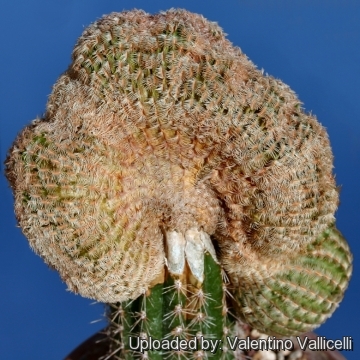 Echinocereus rigidissimus f. cristata Photo by: Valentino Vallicelli
Echinocereus rigidissimus f. cristata Photo by: Valentino Vallicelli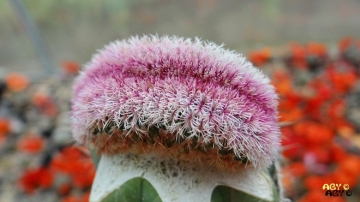 Echinocereus rigidissimus f. cristata Photo by: Agócs György
Echinocereus rigidissimus f. cristata Photo by: Agócs György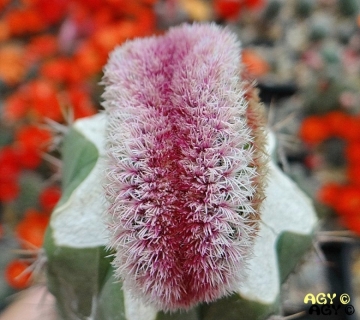 Echinocereus rigidissimus f. cristata Photo by: Agócs György
Echinocereus rigidissimus f. cristata Photo by: Agócs György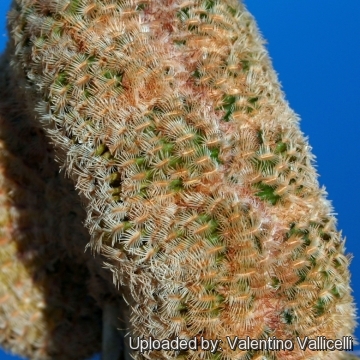 Echinocereus rigidissimus f. cristata Photo by: Valentino Vallicelli
Echinocereus rigidissimus f. cristata Photo by: Valentino Vallicelli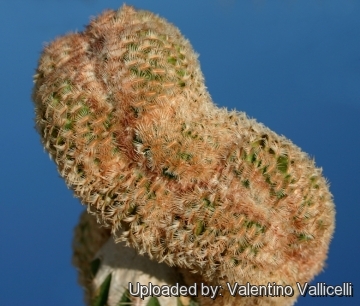 Echinocereus rigidissimus f. cristata Photo by: Valentino Vallicelli
Echinocereus rigidissimus f. cristata Photo by: Valentino VallicelliSend a photo of this plant.The gallery now contains thousands of pictures, however it is possible to do even more. We are, of course, seeking photos of species not yet shown in the gallery but not only that, we are also looking for better pictures than those already present.
Read More... Cultivation and Propagation: Echinocereus rigidissimus f. cristataSN|21789]]SN|21789]] is not the easiest cactus to grow and usually short lived, but when grown well it is very attractive. It is usually seen as a grafted plant but can grow on its own roots too. Rot easily it is sensitive to overwatering (rot prone), so perfect soil drainage is a must.
Exposition: In the summer they need an airy location in bright sun; well watered when it's hot. To achieve the best spine colours give these plants lots of sun. In the winter light, cool, and absolutely dry conditions.
Soil: Use a mineral well permeable soil with little organic matter (peat, humus). It prefer a neutral to slightly acidic compost with plenty of extra grit.
Watering: Best if watered with rain water and given an occasional tonic of sequestrated iron.
Fertilization: Feeding may not be necessary at all if the compost is fresh then, feed in summer only if the plant hasn't been repotted recently. Do not feed the plants from September onwards as this can cause lush growth which can be fatal during the darker cold months.
Hardiness: Keep perfectly dry in winter at temperatures from 5 to 15 degrees centigrade. (but it is relatively cold resistant and hardy to -5° C, or possibly colder for short periods) In the rest period no high atmospheric humidity!! (Temperature Zone: USDA 9-11)
Crested growth: Unlike 'monstrose' varieties of plants, where the variation from normal growth is due to genetic mutation, crested growth can occur on normal plants. Sometimes it's due to variances in light intensity, or damage, but generally the causes are unknown. A crested plant may have some areas growing normally, and a cresting plant that looks like a brain, may revert to normal growth for no apparent reason. If you have any of the crested part left you need to remove the normal growth and leave the crested part behind this will need to be done regularly.
Propagation: Grafting or cuttings. Plants are usually grafted onto column-shaped cacti but proved to be able to produce their own roots if degrafted. Cuttings will take root in a minimum temperature of 20° C (but better in hot weather). Cuttings of healthy shoots can be taken in the spring and summer. Cut the stem with a sharp, sterile knife, leave the cutting in a warm, dry place for a week or weeks (depending on how thick the cutting is) until a callus forms over the wound. Once the callus forms, the cutting may be inserted in a container filled with firmed cactus potting mix topped with a surface layer of coarse grit. They should be placed in the coarse grit only; this prevents the cut end from becoming too wet and allows the roots to penetrate the rich compost underneath. The cuttings should root in 2 to 6 weeks. Large crested piece must be placed on the soil surface without burying the plant base down in the soil.
















